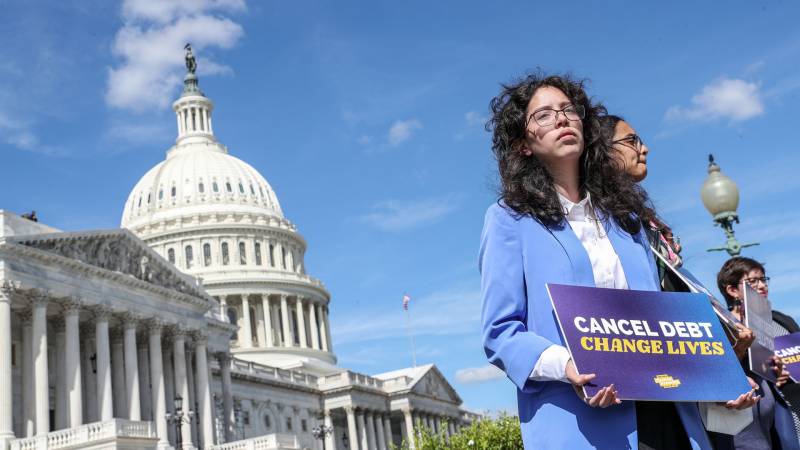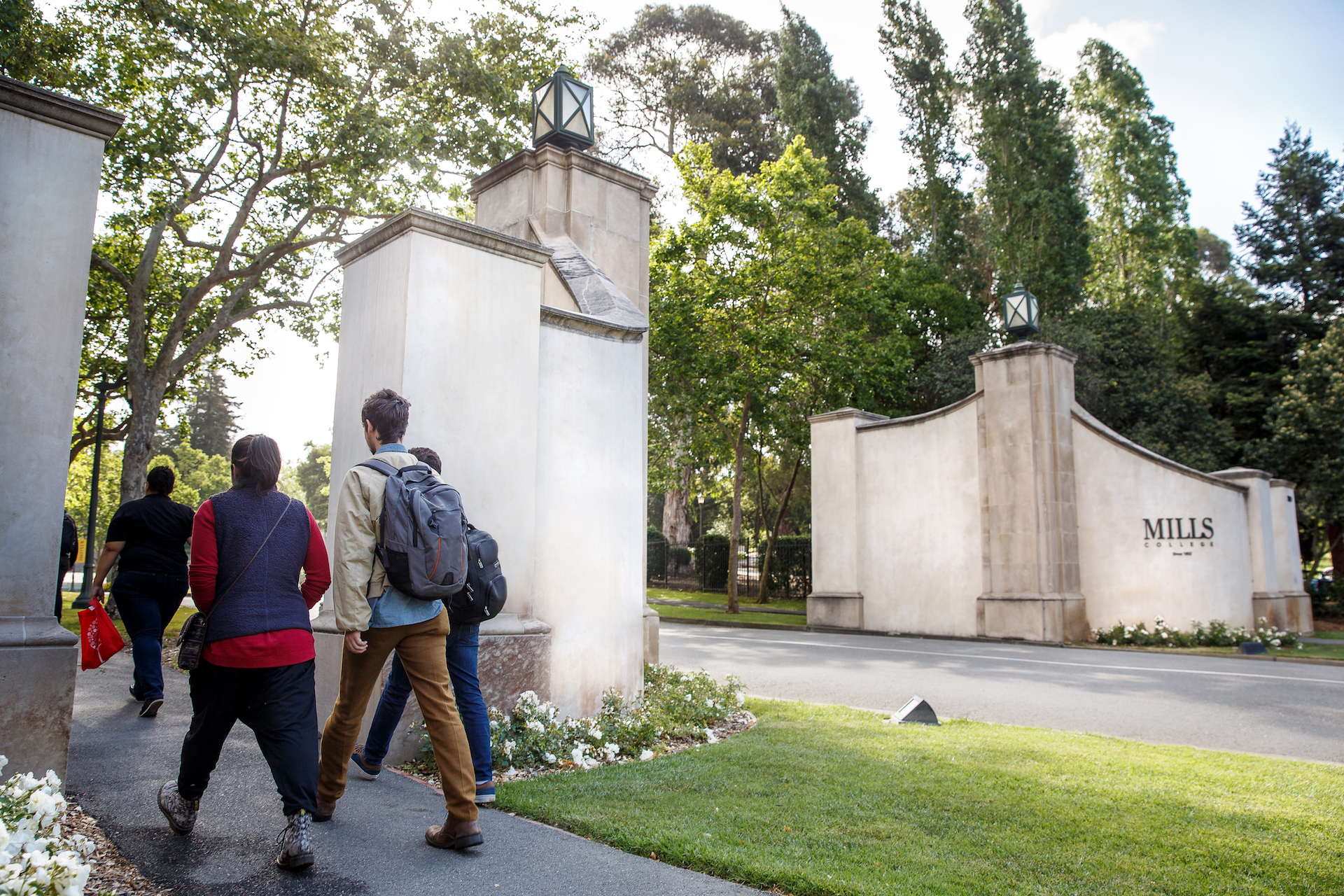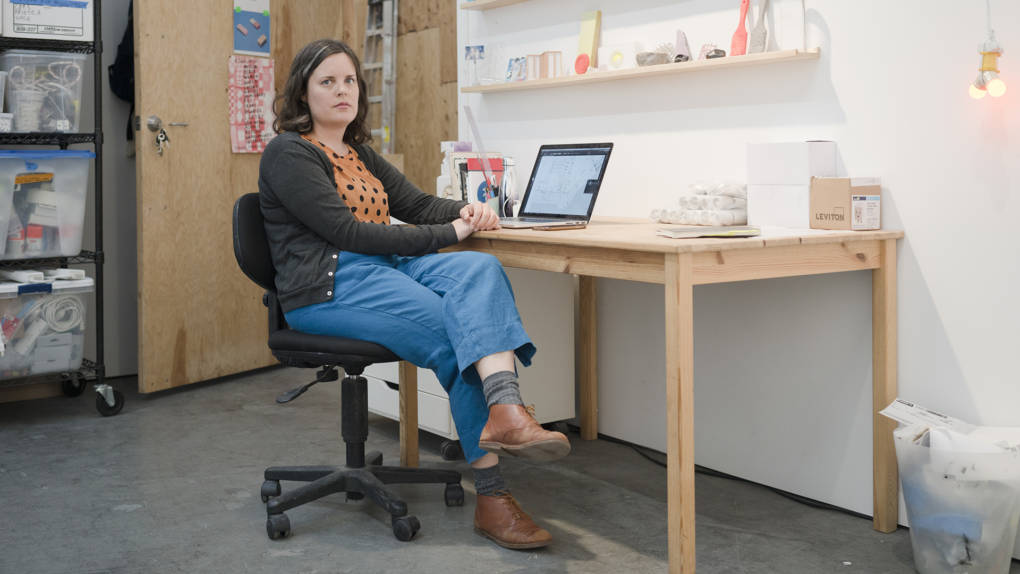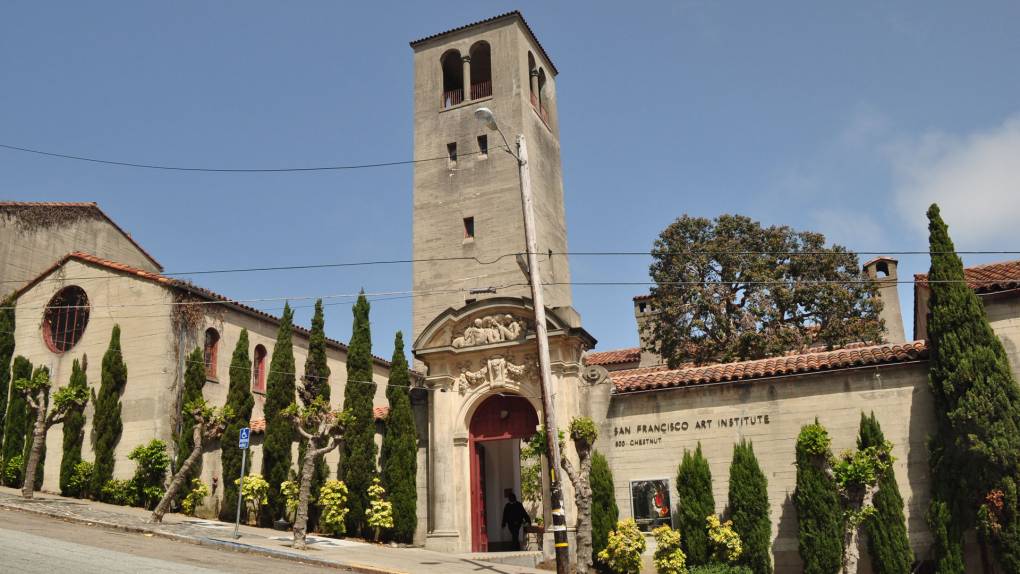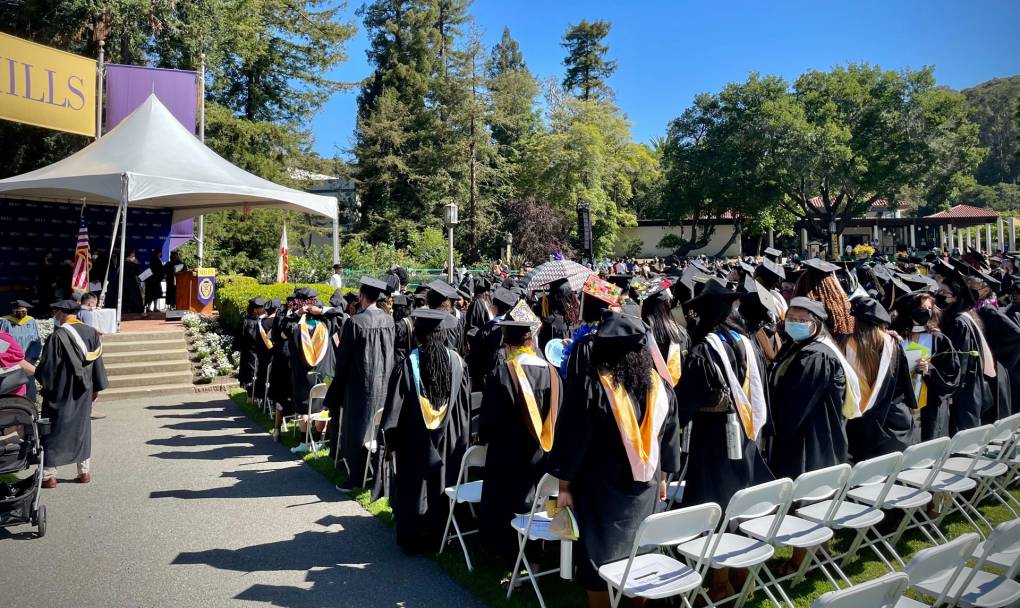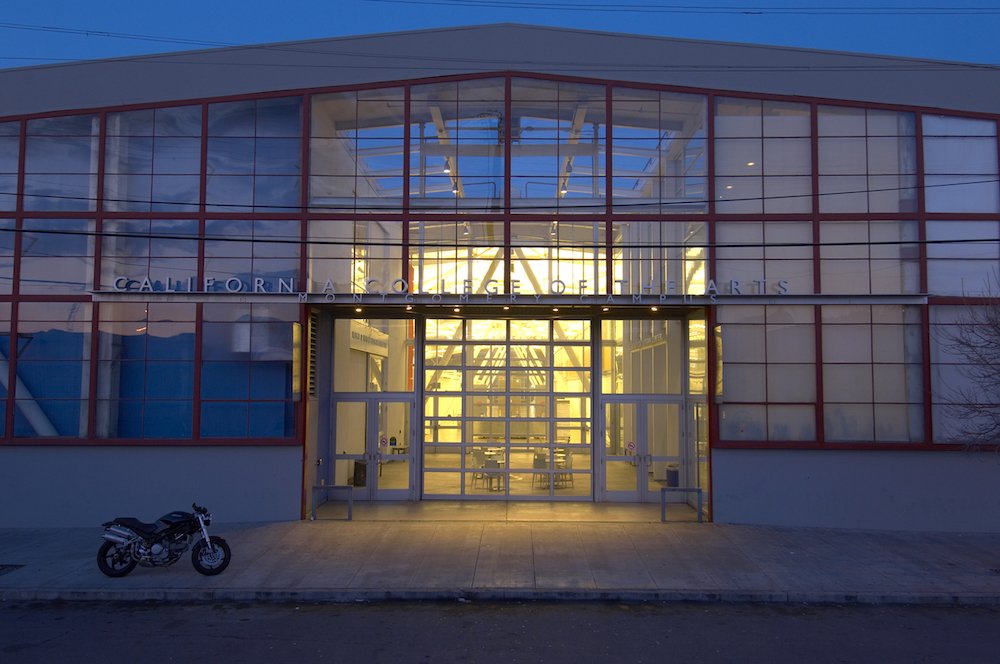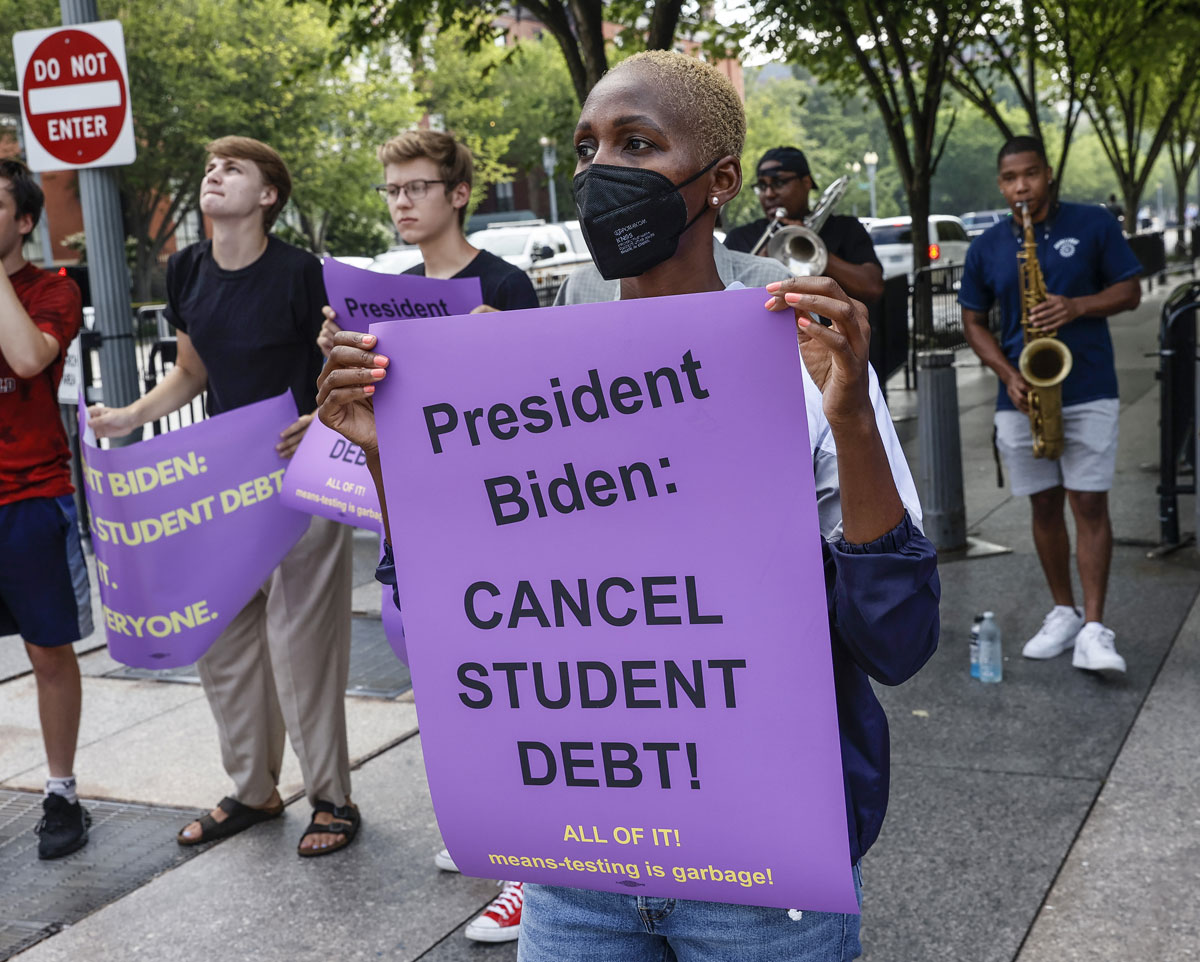Soon, an estimated 20 million people can begin the process of wiping out their student debt. President Biden’s debt relief plan — its application expected in late October — will provide those earning less than $125,000 with $10,000 of federal student debt relief, or up to $20,000 for those who received a federal Pell Grant.
But for many artists who pursued master’s degrees to advance their careers, $10,000 won’t even address the interest that’s accrued on their loans.
“It doesn’t mean anything,” says Oakland writer and musician Maddy Clifford. “It’s like crumbs, basically.” Clifford, who received an MFA in poetry from Mills College, currently has over $100,000 in student loan debt.
Clifford, who took out loans in 2006 and 2010 — when she was 19 and 22 — sees the whole student loan system as predatory. “If I was that age and I went to a bank and tried to get a [personal] loan for that much money, they would have said no.” Now, at 35, she carries a debt that seems impossible to pay down.
For Bay Area artists, especially those who entered graduate school around the 2007–2009 Great Recession, pursuing a master’s degree meant the chance to temporarily exit a dismal job market and, ideally, reemerge two years later with more earning power. Many aspired to teaching jobs in higher education, where an MFA is nearly always required: taking out loans was an investment in their futures as working artists.
